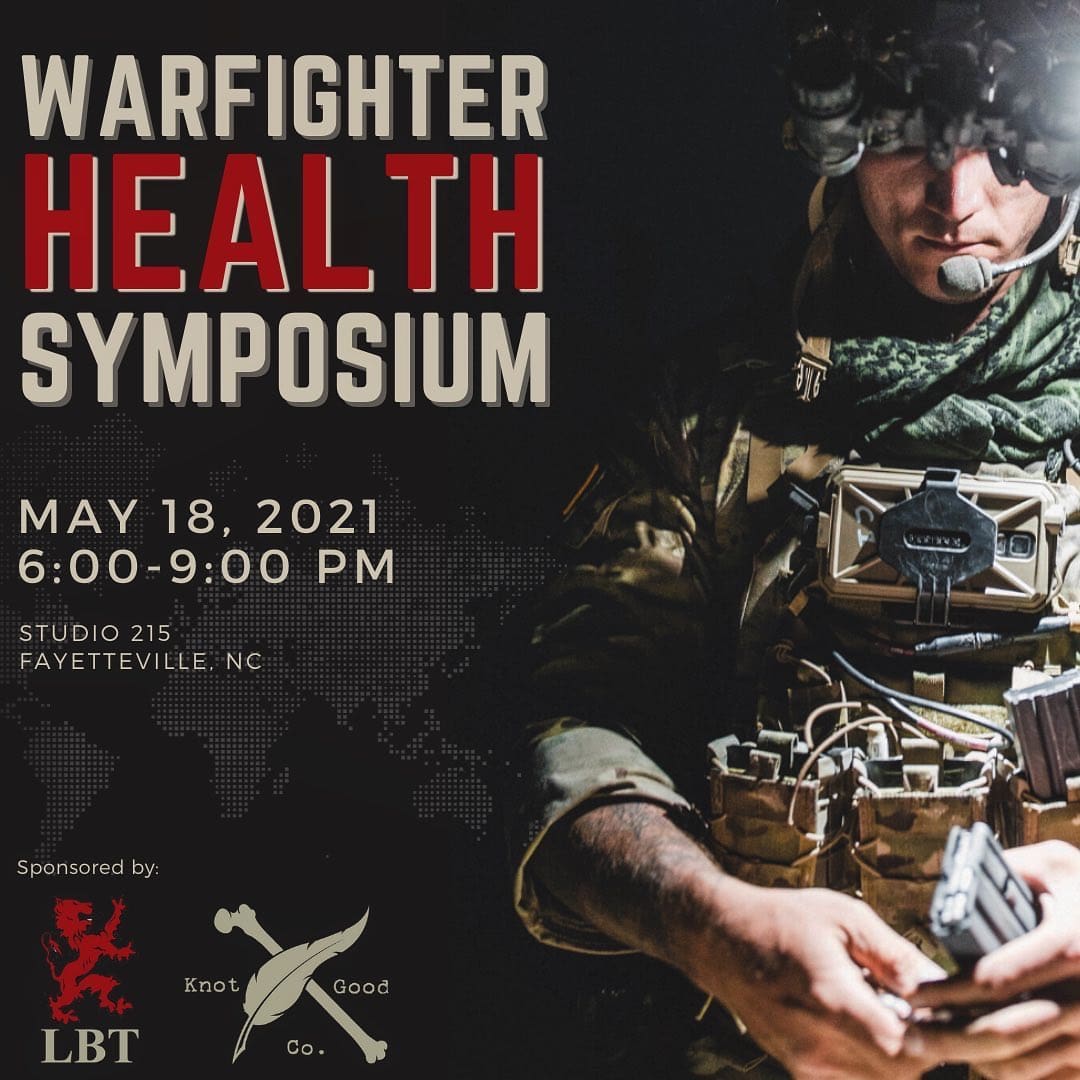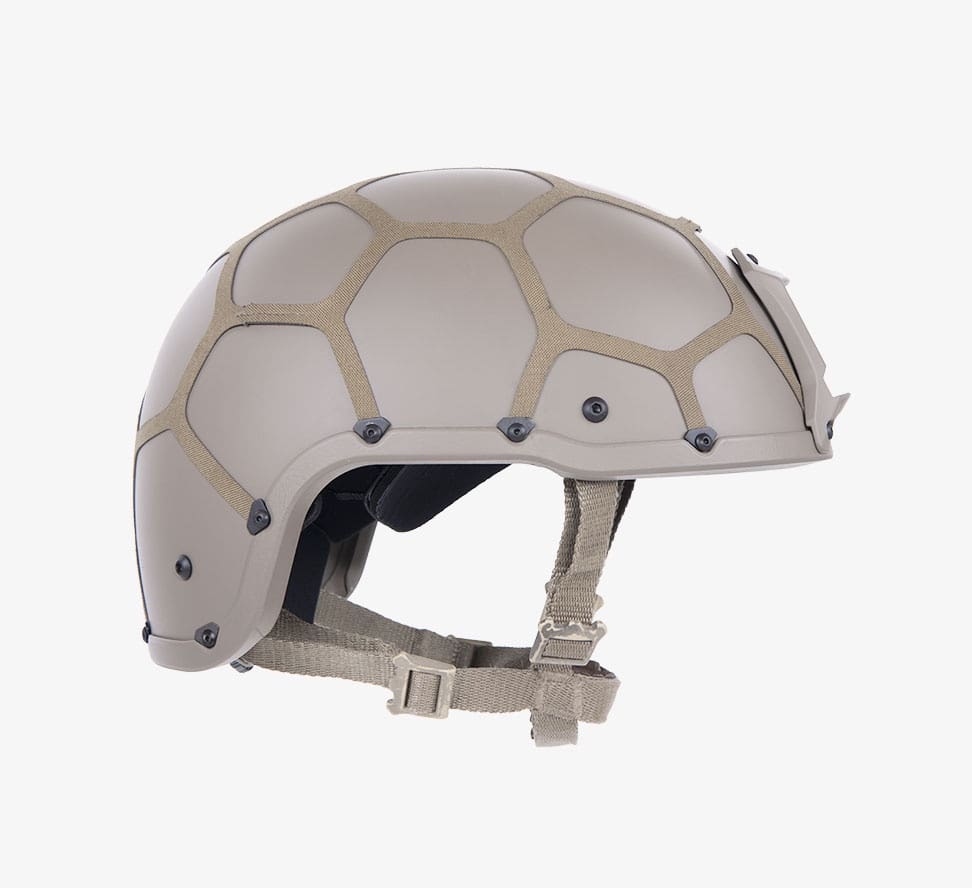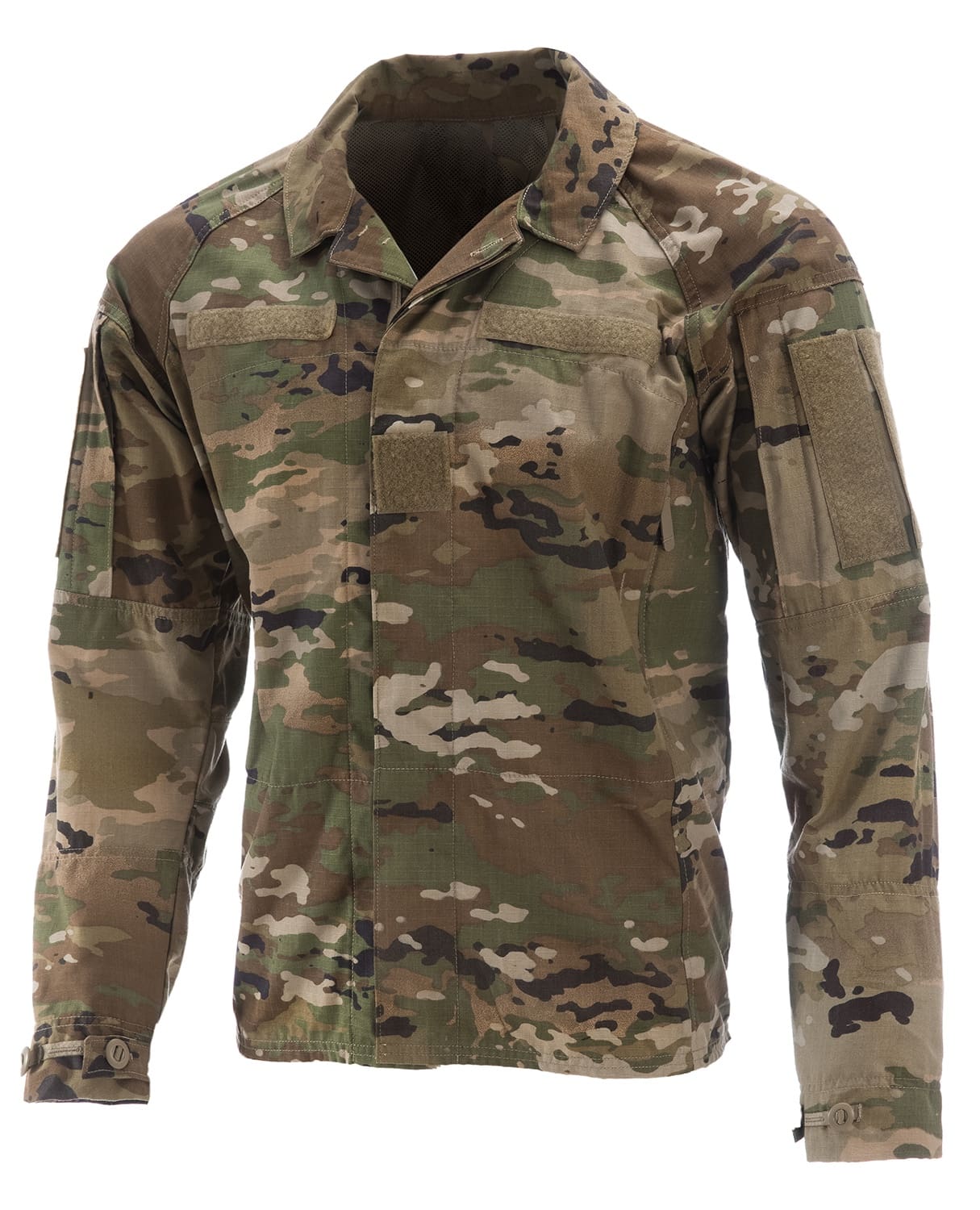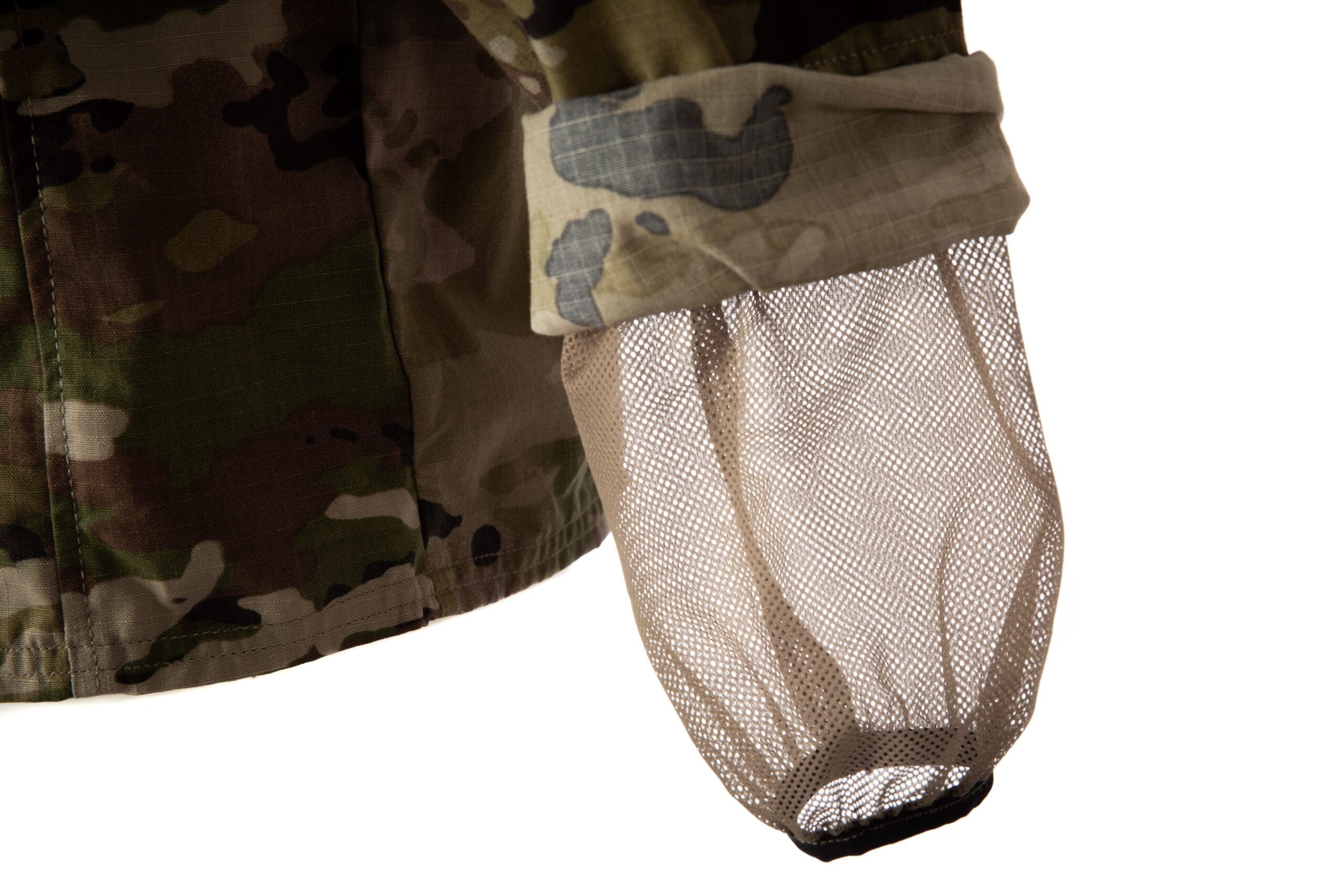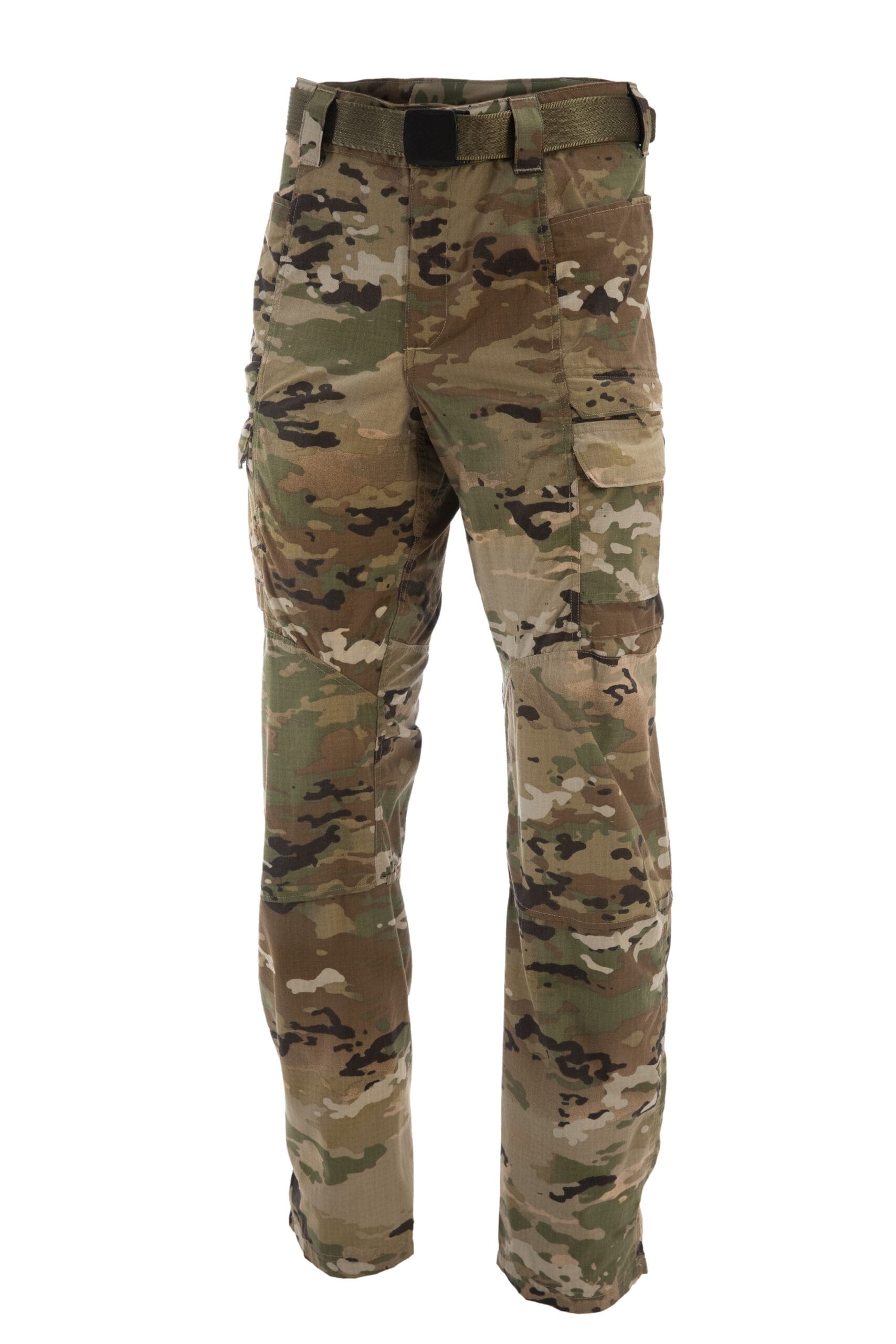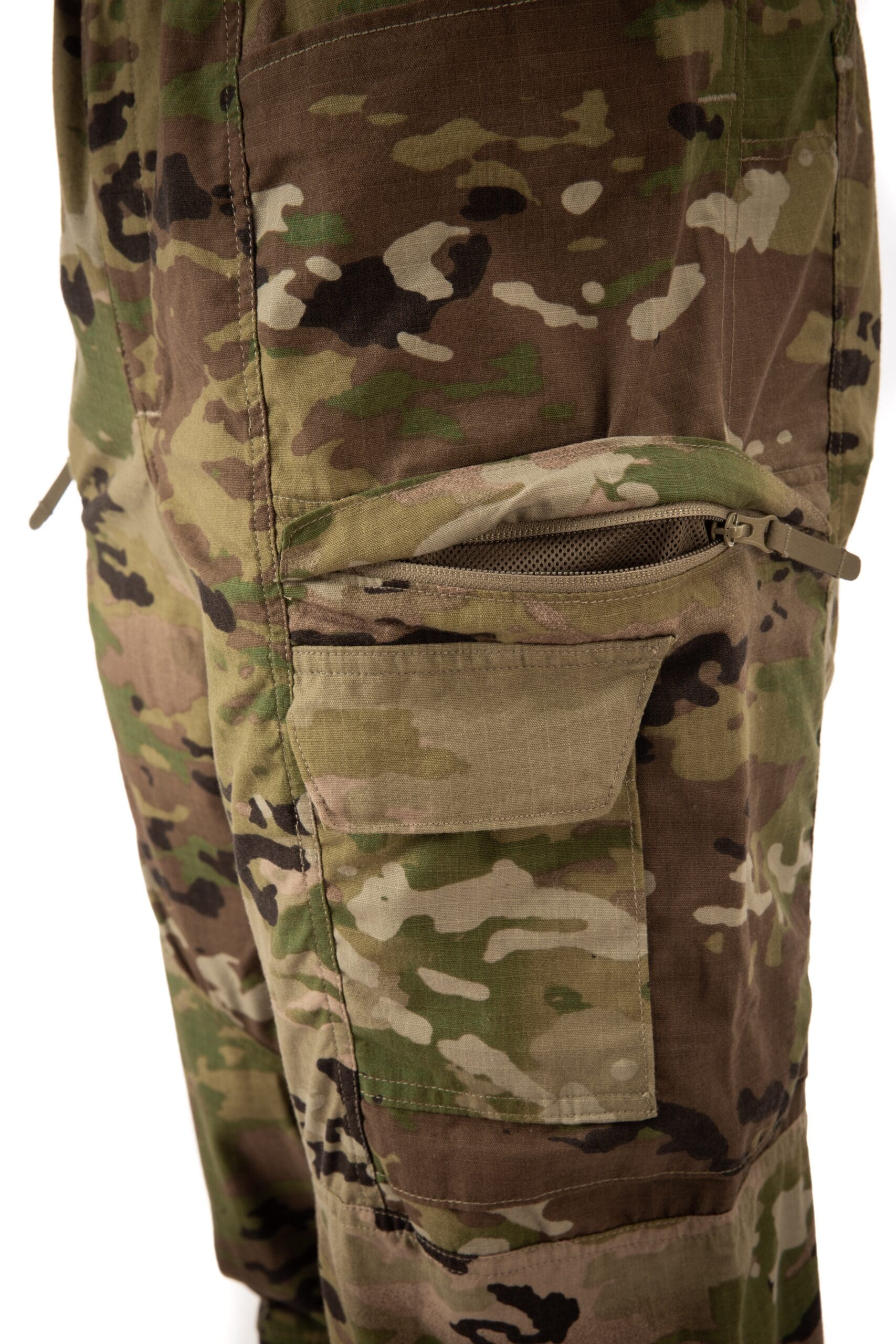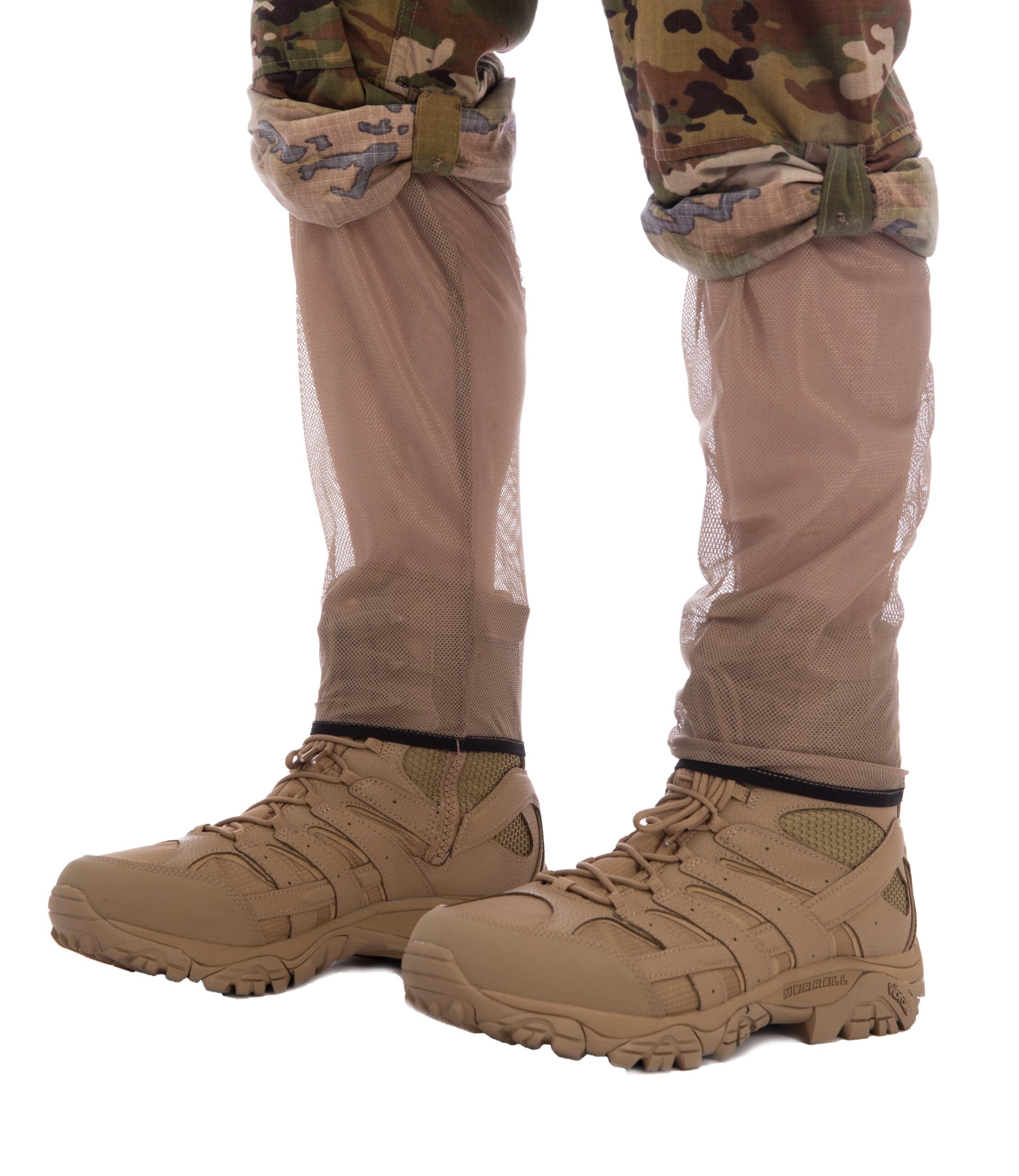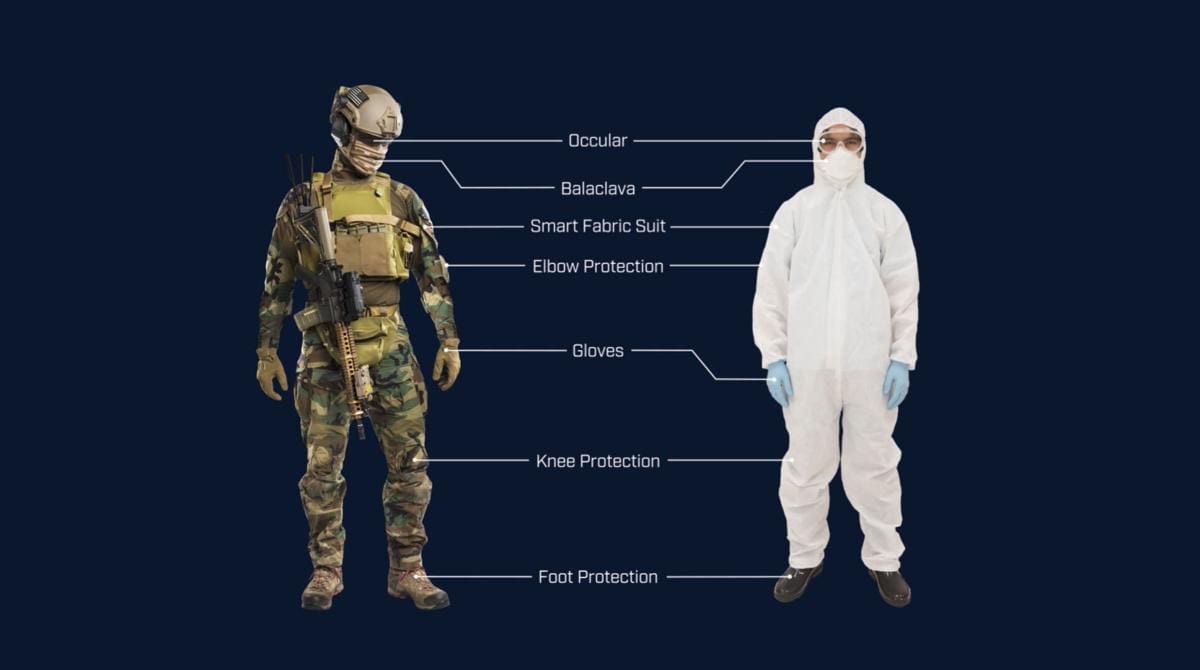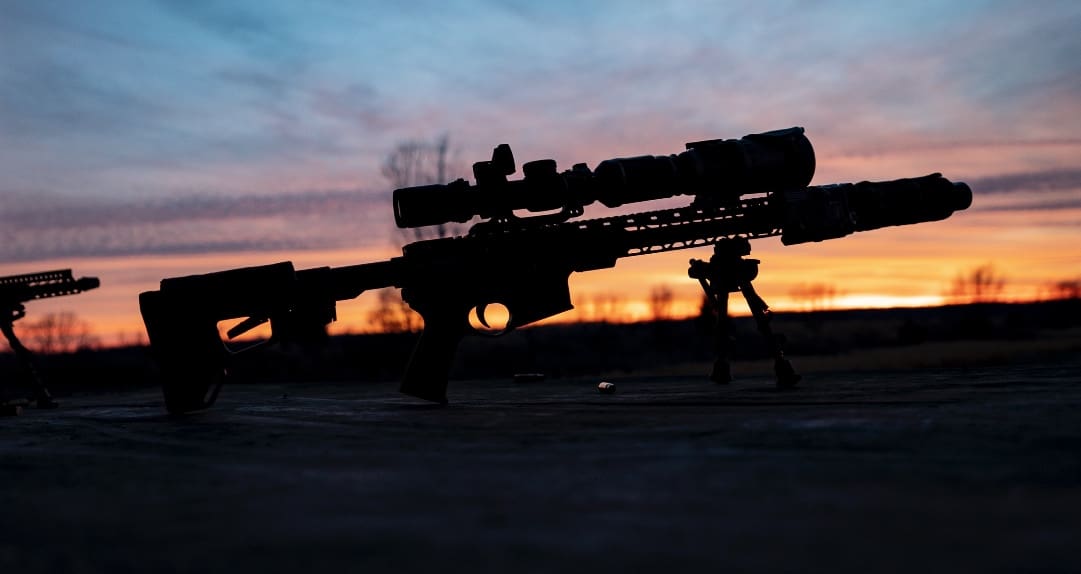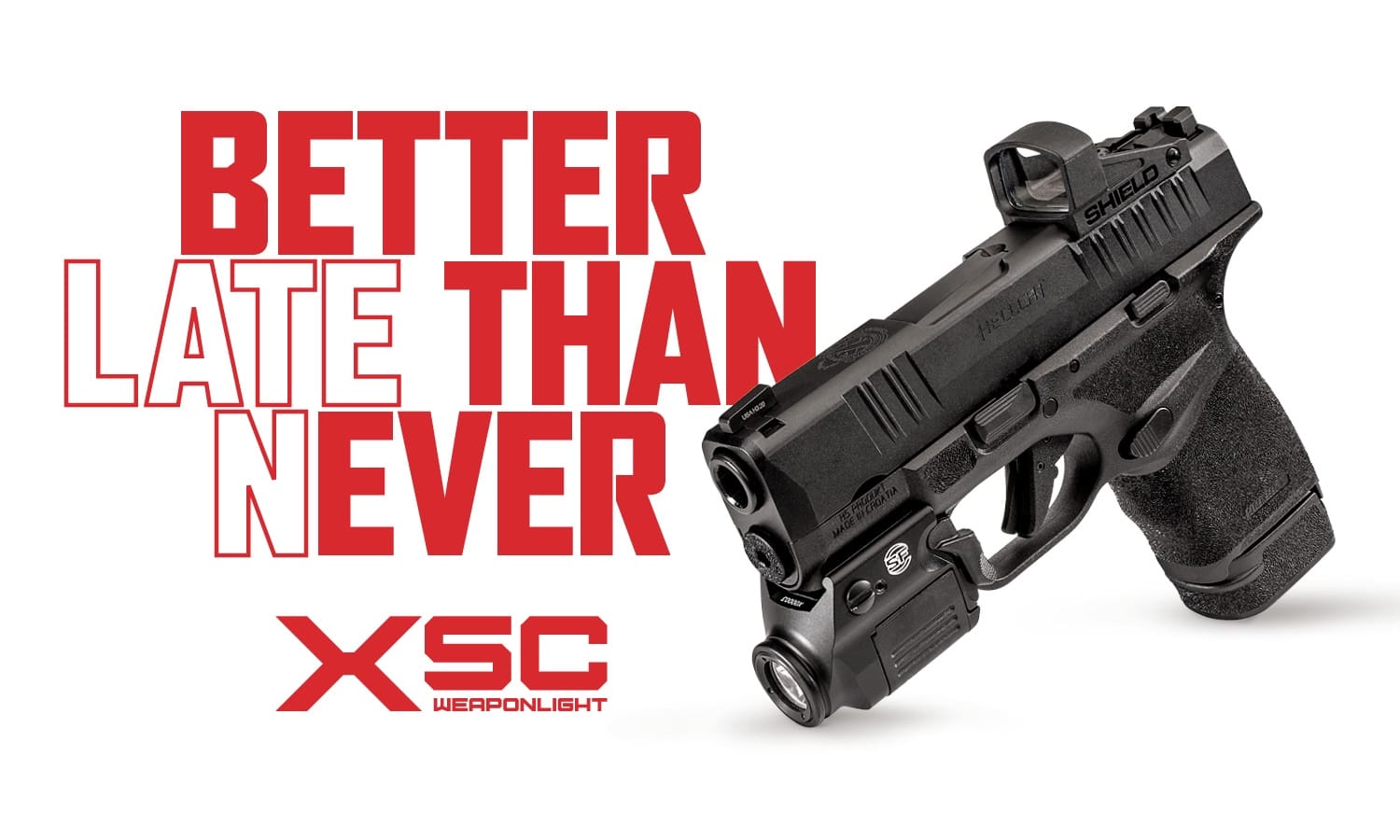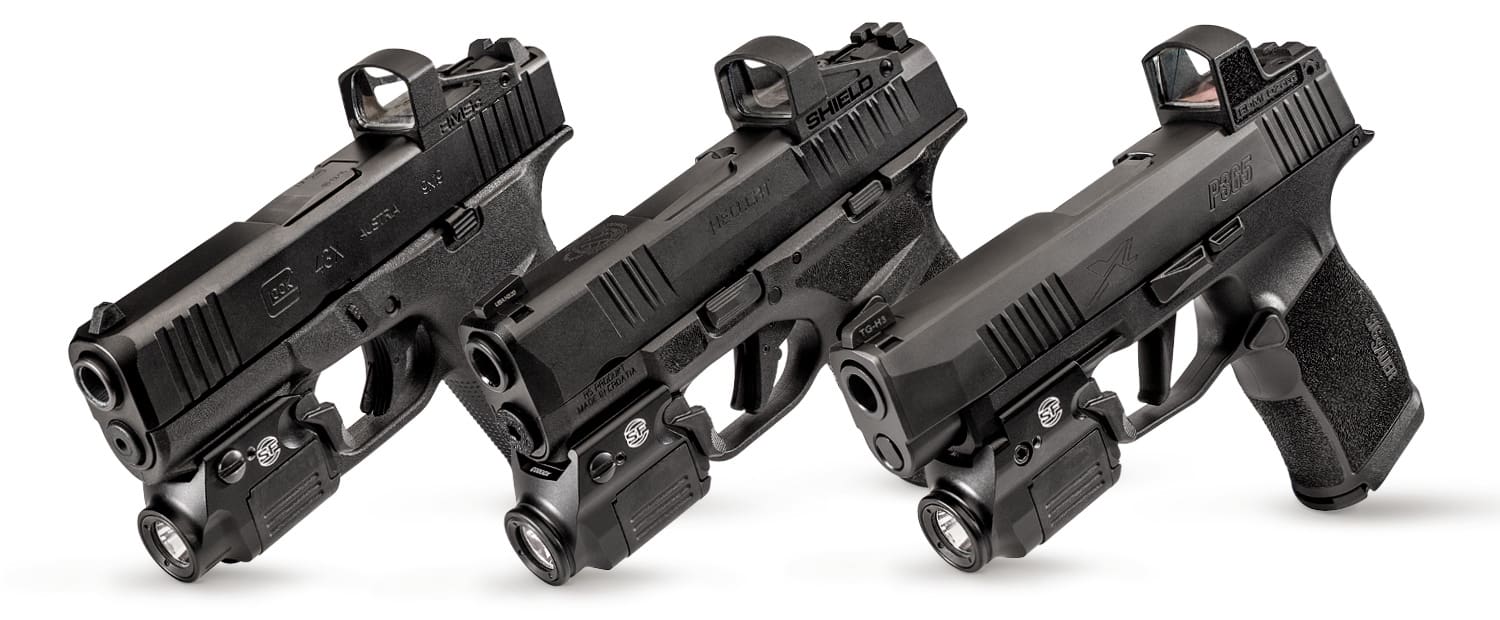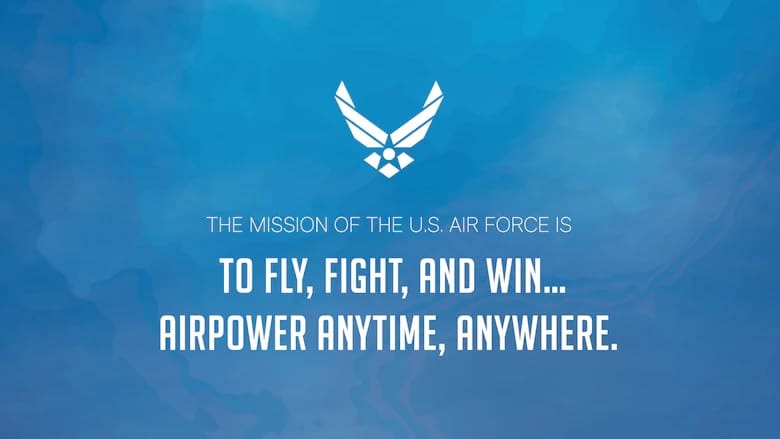
The Air Force released its new mission statement: To fly, fight, and win…airpower anytime, anywhere. This change emphasizes the primary competitive advantage and capabilities airpower provides to the nation and joint operations.
The ability to fight and win with airpower is key to facing emerging competitors and near-peer adversaries, according to service leaders.
“As we developed this new mission statement, we consulted Airmen from across the entire spectrum – enlisted, officers, reservists, guardsmen and civilians,” said Air Force Chief of Staff Gen. Charles Q. Brown, Jr.
Since the domain of space falls under the Space Force, the Air Force can now focus solely on airpower and maintain a sustained focus on core air domain missions.
With a Total Force of more than 689,000 personnel, Airmen work to support all aspects of airpower, which includes five core missions: air superiority; global strike; rapid global mobility; intelligence, surveillance and reconnaissance; and command and control. Airpower also requires people and resources dedicated to unit readiness, base infrastructure and talent management.
The chief master sergeant of the Air Force emphasized that all Airmen, no matter what Air Force specialty code they serve in, play an important role in generating military airpower for the nation.
“As the new mission statement was formulated, it was important to us that all Airmen see where they fit in,” said Chief Master Sgt. of the Air Force JoAnne S. Bass. “Every Airman, from every career field, is directly responsible for delivering, supporting, launching and driving airpower, which is the culmination of our diverse specialties, expertise and capabilities that make up our great Air Force.”
Brown also underscored the importance of the Total Force in making American airpower a reality.
“Delivering airpower for our nation requires more than just aircraft,” Brown added. “It requires Total Force Airmen – active duty, Guard, Reserve, civilians – in all Air Force specialties working together as a seamless team to operate, maintain and enable our mission and bring the unique capabilities and effects of airpower to bear.”
In order to accomplish the mission of airpower, Air Force leaders call on Airmen to accelerate change and to think about future challenges before they are in front of them.
“Our national security is not just on the shoulders of the chief of staff of the Air Force or other service chiefs,” Brown said during his 2021 Air Force Association Aerospace Warfare Symposium fireside chat. “It’s all of us together that have an interest in this; and the way we work together on this, and make progress together and understand what’s out there in the future, and really appreciate that, will help all of us move faster.”
The mission of the U.S. Air Force is to fly, fight, and win…airpower anytime, anywhere.
By TSgt Joshua Dewberry, Secretary of the Air Force Public Affairs
